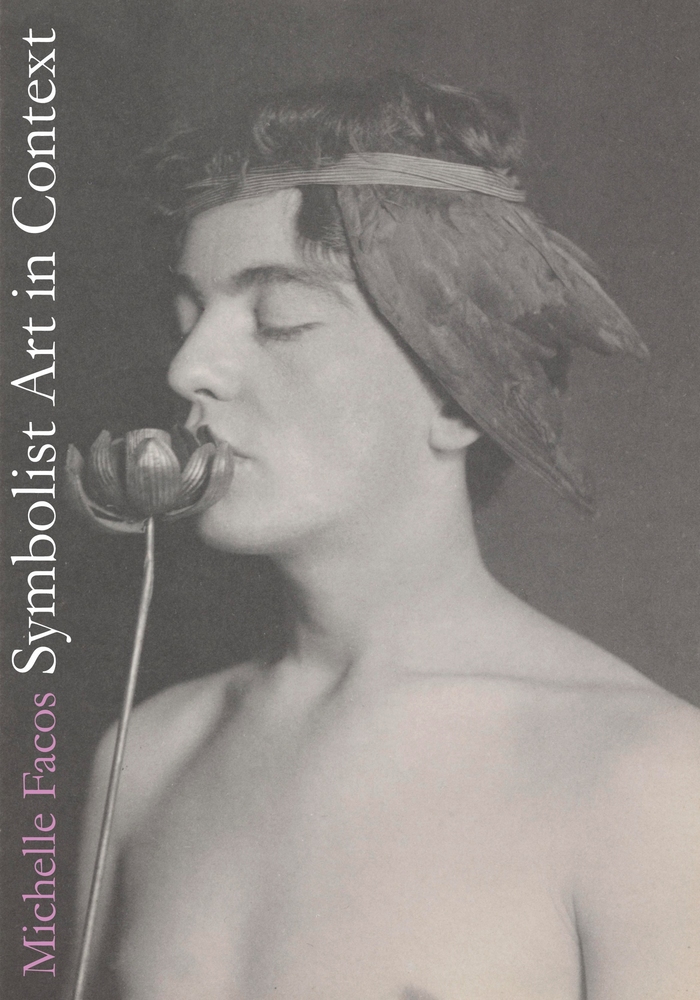Sometimes the reading suffers from Facos’ schematic approach, but that is the only way to master such a wide field of research material. Symbolism is possibly the only ‘modern’ movement that, even with a founder and a manifesto (Jean Moréas in 1886 published the Symbolist manifesto in the Parisian newspaper Le Figaro), did not create a well-defined, recognisable group of artists. Symbolism’s borders are so underdefined (do they exist at all?) that they could include an enormous amount of 19th– and 20th-century artists.
The book follows a chronological line of analysis, from a survey of the precursors of Symbolism to Symbolist currents in the 20th century. The history of the movement is revealed through a manifold collection of relevant facts, artists, literary works, music, philosophical reflections, technological innovations, in a constant dialogue with equally diverse cultural and social aspects, i.e. the actual contexts within which Symbolism developed. These aspects act like mirrors, each rendering a part of this multifaceted movement. Facos’ approach to Symbolism includes also modern categories of analysis, such as gender studies (she investigates the role of woman in Symbolist art, as a muse, a sphinx, an angel or a demon), as well as practical aspects, like the chapter devoted to the promotion of the artists through art fairs, journals, exhibitions, unions and brotherhoods. In other words, Facos provides an attempt to describe the history of the movement from the perspective of the artists too. I include below the cover of the book. It is a photograph, not a painting: Hypnos, by F. Holland Day, dated 1896. It reveals the author’s choice to explore Symbolism by means of an unconventional path.
As my scholarly interests are in mural painting and the revival of earlier techniques, I would have liked more space to be given to art mediums, for their symbolic and ideological meanings. Among the commendable qualities of the book, I wish to emphasise the broad geography of Symbolist art, which includes artists from less commonly studied countries such as Poland, the former Czech Republic, Scotland, Russia, and especially the Scandinavian countries. The bibliography is also quite extensive and genuinely international. In addition to the Italian authors quoted by Facos, I would like to remember the studies on Symbolist art by Luigi Carluccio, Maria Mimita Lamberti, Gianna Piantoni and Maria Teresa Benedetti. With her new book, Michelle Facos confirms herself one of the main scholars in 19th-century art, and among those who brought new life into the art history of Northern Europe, on a par with Patricia G. Berman for Norway and Denmark, and with Salma Sarajas-Korte, Marjatta Levanto and Riikka Stewen for Finland.
